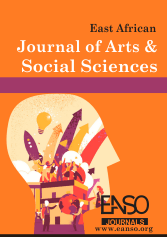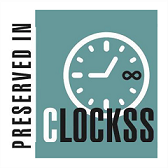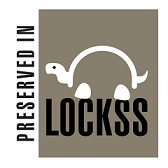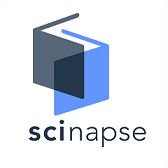Dialectology and Dialect Intelligibility
Abstract
This paper defines and talks about dialectology in the context of traditional dialectology. Here, we see how the early researchers were able to collect data and the various methods they used. We also see how traditional dialectology faced a lot of criticism. As time passed, researchers were able to use new methods which involved the use of technology. This is discussed in the sociolinguistics dialectology section. The relationship between dialectology and linguistics, together with its relationship outside linguistics, has been tackled as well. The paper also talks about dialect intelligibility in relation to dialect and language, how we can use dialect intelligibility to define dialect and language using various examples from different parts of the world, including Africa and the exceptions brought about by using dialect intelligibility to define language and literature. Last but not least, the paper also discusses different factors which affect dialect intelligibility.
Downloads
References
Britain, D. 2015 Dialectology.Retrieved January, 7,2025 from https://www.llas.ac.uk/resources/gpg/964.html
Boberg, C., Nerbonne, J., & Watt, D. (Eds.). (2018). The handbook of dialectology. John Wiley & Sons.
Giles, H., & Byrne, J. L. (1982). An intergroup approach to second language acquisition. Journal of Multilingual & Multicultural Development, 3(1), 17-40.
Gooskens, C., van Bezooijen, R., & Van Heuven, V. J. (2015). Mutual intelligibility of Dutch-German cognates by children: The devil is in the detail. Linguistics, 53(2), 255-283.
Gooskens, C., & Swarte, F. (2017). Linguistic and extra-linguistic predictors of mutual intelligibility between Germanic languages. Nordic Journal of Linguistics, 40(2), 123-147.
Graham, J. A., & Argyle, M. (1975). A cross‐cultural study of the communication of extra‐verbal meaning by gestures (1). International Journal of Psychology, 10(1), 57-67.
Gookens, C. 2018. Dialect Intelligibility
Kita, S., & Özyürek, A. (2003). What does cross-linguistic variation in semantic coordination of speech and gesture reveal? Evidence for an interface representation of spatial thinking and speaking. Journal of Memory and Language, 48(1), 16-32.
Jones, M. 2017. Dialect, vs Accent, Definitions, Similarities and Differences.
Labov, W. (1966). The linguistic variable as a structural unit.
Montgomery, C., & Beal, J. (2011). Perceptual dialectology. Analysing variation in English, 121-148.
Trudgill, P., Gordon, E., Lewis, G., & Maclagan, M. (2000). Determinism in new-dialect formation and the genesis of New Zealand English. Journal of Linguistics, 36(2), 299-318.
Trudgill, P. (1974). The social differentiation of English in Norwich (Vol. 13). CUP archive.
Copyright (c) 2025 Lilian Mumbi Benard

This work is licensed under a Creative Commons Attribution 4.0 International License.




























